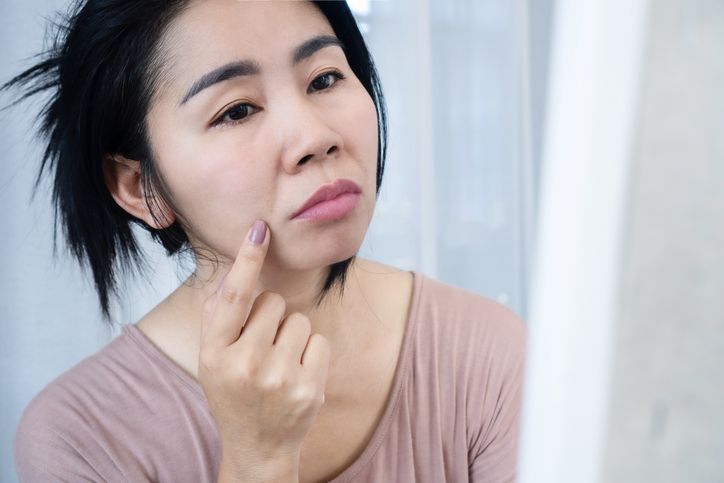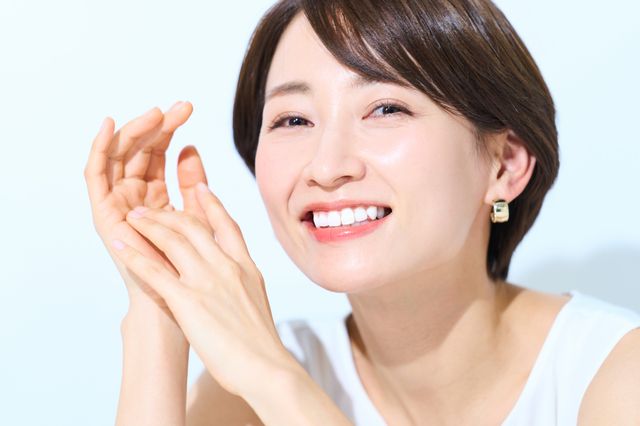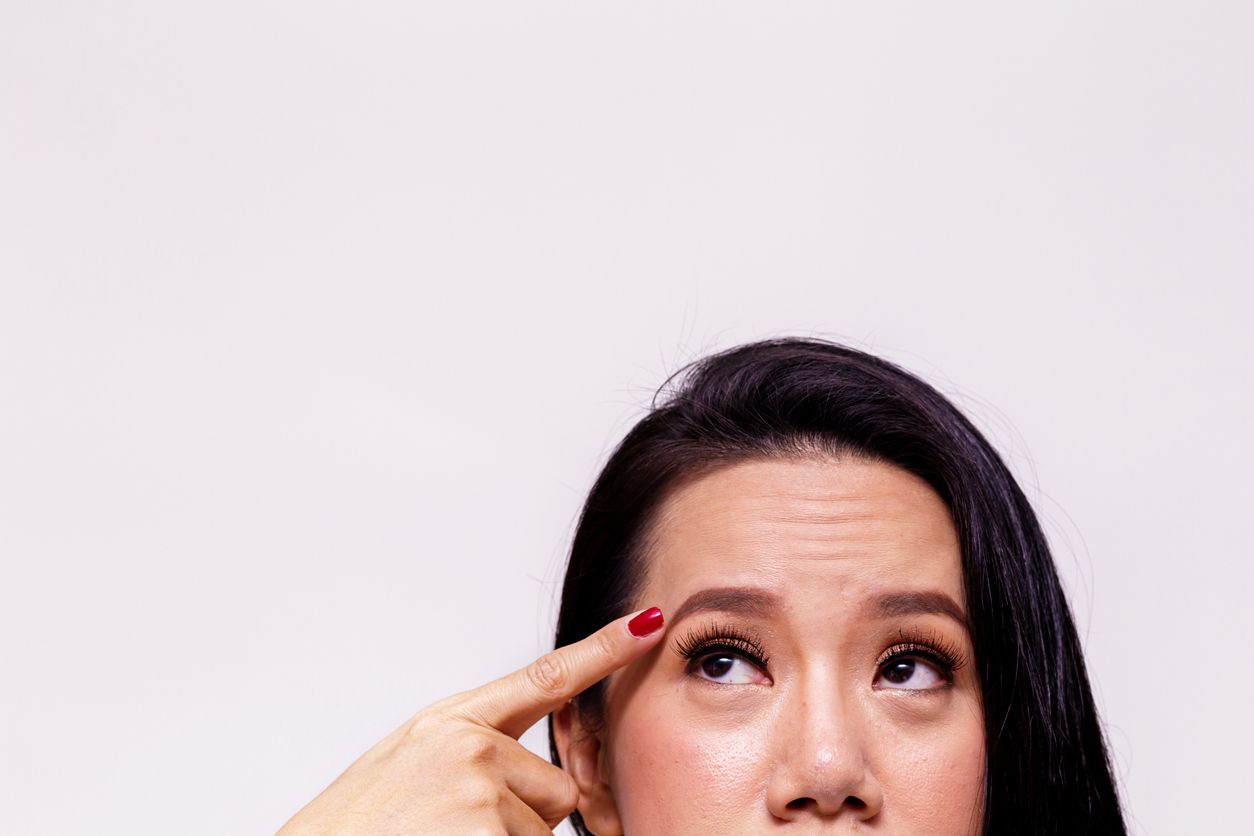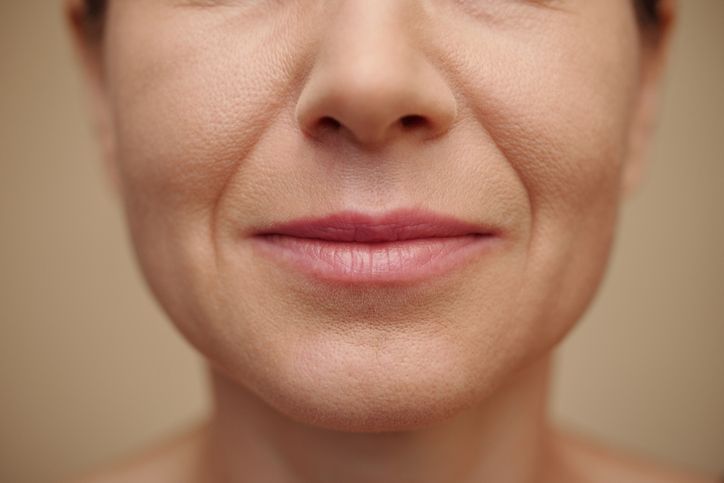- Home
- Trend
- Weight Loss Strategies
- Acne Tips
- Hair Health Information
- Blemish Removal Tips
- Acne Scar Removal Tips
- Muscle Building Techniques
- Intimate Care Tips
- Postpartum Intimate Care
- Eye Bags Wiki
- Tips for Face Slimming
- Secret of Permanent Hair Removal
- Breast Enlargement Tips
- Cure to Snoring
- Marionette Lines
- Skin-Tightening Secrets

免費體驗
A3 Laser Hair Removal Treatment
1 Minute Self-Registration
Date should not be before minimal date
In the quest for smooth skin and the elimination of unwanted body hair, many turn to what seems like a convenient and pain-free solution: hair removal creams. But before you slather your skin in these depilatory concoctions, let's peel back the layers (much like these creams claim to do with your hair) and critically examine how hair removal creams work, their ingredients, and the potential risks involved.
1
The Theory Behind the "Magical" Depilatory Cream
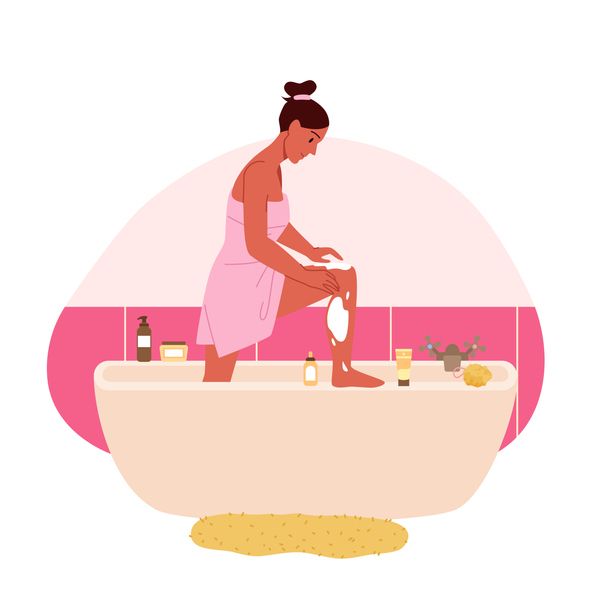
2
Which Area Can I Use These Creams To Remove Unwanted Hair?

Suitable Areas for Hair Removal Creams
Areas to Avoid Using Hair Removal Creams
- 3 IPL Hair Removal Myths Debunked: What You Really Need to Know Before You Try
- Bumpy Arms Aren’t Acne, Never Try To Extract Keratosis Pilaris! A Doctor Shares 6 Effective Treatments — Do They Work?
- Dealing With Ingrown Hair Bump: Tips and Tricks for a Bump-Free Life
- What Is IPL Hair Removal? How To Choose A Home Hair Removal Device? Beauty Editor’s First-Hand Review Of The Hottest Laser Hair Removal Treatments
3
7 Steps & Tips You Might Not Know When Using Hair Removal Cream to Remove Unwanted Air
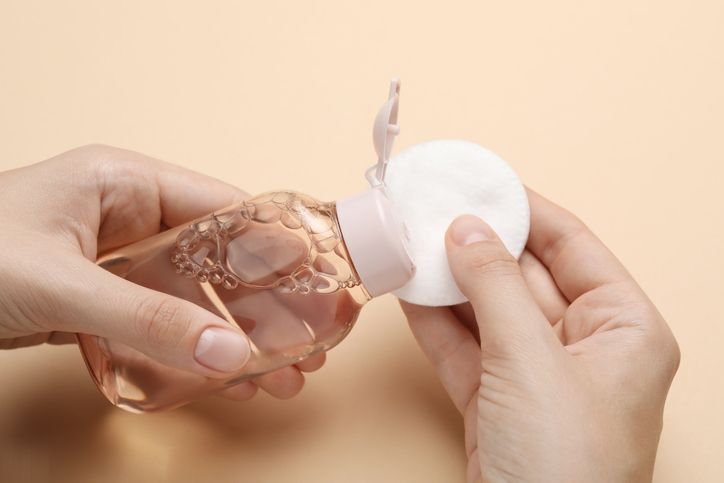
1. Pre-Removal Cleansing
2. Exfoliation
3. Patch Testing
4. Soothing Creams or Gels
5. Moisturisers
6. Sun Protection
7. Avoid Harsh Products
4
Potential Skin Reactions You May Encounter When Using Hair Removal Cream
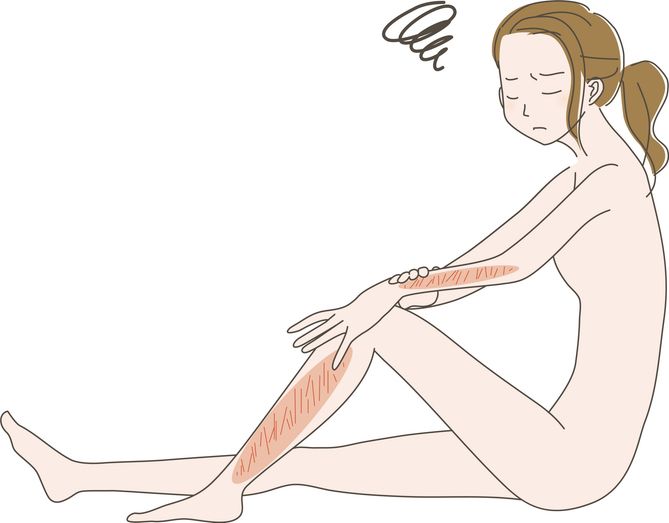

免費體驗
A3 Laser Hair Removal Treatment
1 Minute Self-Registration
Date should not be before minimal date
5
Remove Body Hair for Good: Let Perfect Medical Help You to Achieve That!
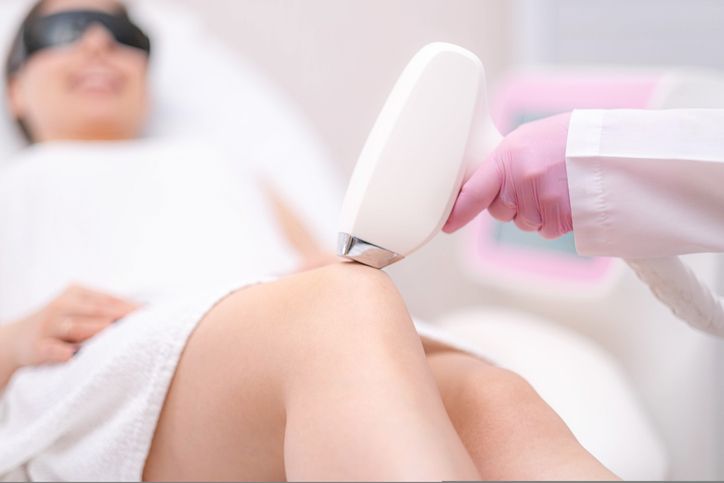
What Makes This Treatment Stands Out?
6
Closing Thoughts


免費體驗
A3 Laser Hair Removal Treatment
1 Minute Self-Registration
Date should not be before minimal date
FAQ

1. What are the benefits of using hair removal creams as a method for dealing with excessive hair growth, and how do they ensure the process is pain-free compared to other methods?
Hair removal creams generally offer a pain-free alternative for managing excessive hair growth by chemically dissolving the hair at the skin's surface, which is significantly less painful than methods like waxing or epilating that pull hair from the root. Additionally, these creams can be used at home, offering convenience and privacy, and they typically leave the skin feeling soft and smooth without the risk of cuts or nicks often associated with shaving.
2. Before using a new hair removal cream, why is it important to perform a patch test, and how can this help prevent chemical burns?
Performing a patch test before using a new hair removal cream is crucial to ensure you don't have an adverse reaction to the product. This small, preliminary test can help identify any sensitivity or potential for chemical burns on a small area of skin, minimising the risk of a more severe reaction over a larger area.
3. How do hair removal creams work on the hair shaft to inhibit hair growth, and can they lead to excessive hair growth if used frequently?
Hair removal creams dissolve the proteins in the hair shaft, effectively removing the hair at the surface level without inhibiting future hair growth. There is no evidence to suggest that these creams lead to excessive hair growth. In fact, some products contain ingredients designed to slow down hair regrowth, although results can vary from person to person.
4. Can the chemicals in hair removers cause chemical burns, and what steps should be taken if a chemical burn occurs?
Yes, the chemicals in hair removers can cause chemical burns if the product is left on the skin longer than recommended or if an individual has a sensitivity to the ingredients. If a chemical burn occurs, it's important to rinse the area with cool water immediately and consult a healthcare professional for appropriate treatment advice.
5. How often should hair removal creams be used to keep hair growth at bay, and are they effective on all hair types?
The frequency of hair removal cream use depends on how quickly your hair grows back, which can vary widely among individuals. Most products recommend waiting at least 72 hours between applications. Hair removal creams are generally effective on various hair types, but effectiveness can vary based on the coarseness and density of the hair. For the best results, follow the product instructions and consider the unique characteristics of your hair growth.





